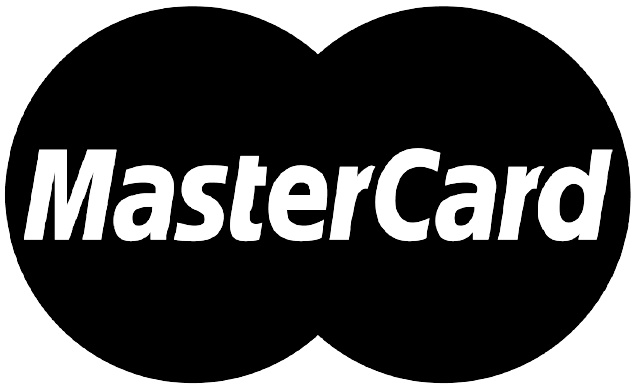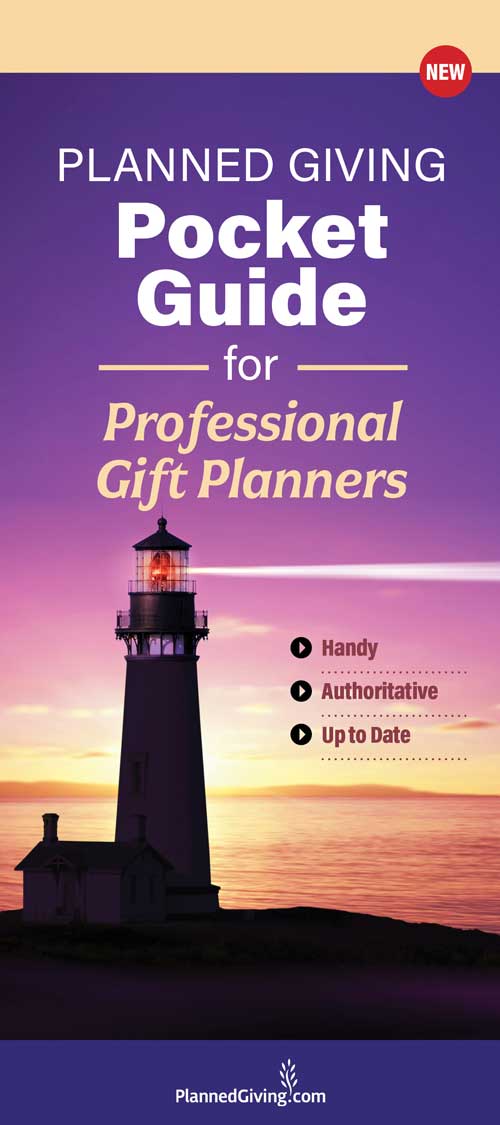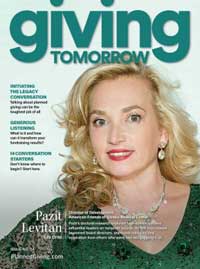Crafting a Monthly Major-Donor Cultivation Strategy
At the center of receiving a large donation is the cultivation of major donors. Major-donor cultivation is a fundamental piece of fundraising success, but a mere conversation will not help acquire long-lasting donor partnerships.
Building prospect relationships is a skill set that can be refined through experience. When you are just starting out as a fundraiser, focusing on major-donor cultivation may feel overwhelming.
A major-donor cultivation strategy is essential to crafting meaningful relationships that lead to significant contributions. So what exactly should it include, and what is the best way to take meaningful action?
What Is Major-Donor Cultivation?
There are several components of major-donor cultivation, and your mindset determines the way you approach the process.
In general terms, major-donor cultivation is fostering relationships with prospects to turn them into contributors. Relationship building takes time, and many points of contact must be made over several years before a prospect will commit to your cause.
The relationship is based on mutual trust, respect, and understanding. With these three qualities in place, you will treat your prospects as whole people and not just a checkbook.
Major-donor cultivation helps you prepare a prospect to be a loyal and consistent contributor. To achieve this, a well-defined strategy is vital.
What Are the Benefits of a Major-Donor Cultivation Strategy?
The huge benefit of crafting a strategy is that it is a long-term plan to eliminate any significant challenges faced in fundraising, especially for large donations.
Major-donor cultivation allows you to get to know your prospects and determine if they have the indicators that determine affinity for philanthropy. Digging deep into research can open the door to discussions that build authentic connections.
If your major-donor cultivation strategy is well structured and well defined, you will be able to encourage your contributors to continue giving, turn your small contributors into significant contributors, and add new names to your list of prospects.
You can utilize the board of directors in crafting your strategy. Involving them in the planning and execution of the strategy is an effective means of obtaining regular donations.
What Should Your Major-Donor Cultivation Include?
What your major-donor cultivation strategy contains matters a lot, and it is worthwhile to invest significant time and effort into building it out.
A weak strategy will make it difficult to identify prospects. It will also make you spend time on unproductive tasks, causing you to lose opportunities to approach prospects for large gifts.
A well-defined and structured major-donor cultivation strategy should include the following elements:
Prospect Research
One of the most important aspects of your major-donor cultivation strategy is prospect research. It is the first step towards forming connections, and it lays the framework for all other points of action.
In prospect research, you should always confirm if every prospect is the right fit. It helps you to develop a list of your top and primary prospects for big donations. Although it is ideal to research within your usual pool, widening your research may help identify potential prospects.
If you feel like you are not equipped to conduct proper, in-depth prospect research, you can hire a consultant to help with the process. There are plenty of free resources available to help you make a plan, but the process has a learning curve and can be time-consuming.
Data Analysis
Data is essential to fundraising, and it can help point you in the right direction to create long-lasting partnerships.
Aside from the gritty details about finances and previous giving behavior, it is also vital to truly understand who your prospects are at an individual level. Finding some information about interests, colleagues, and networking circles can help pave the way to genuine conversations.
It also helps to know if your targets’ values and political views are compatible with your nonprofit so that you can slip in details about how their interests align with your organization’s mission. Major-donor cultivation should effectively match a prospect’s philanthropic interests and open the door to preparing for an ask.
A Monthly Action Plan
Building a monthly action plan can completely change your major-donor cultivation game. By keeping yourself organized and on a schedule, you can best meet the needs of individual prospects in your onboarding efforts.
Your monthly action plan should contain information regarding selected prospects, their contacts, the method for meetings, and so on. It should also contain participating team members, the proposal templates, and even exclusive events.
You can make a schedule of contact actions to accomplish for each month. For example, you can send a holiday card in December, or you could schedule a birthday greeting as a means of genuine interaction. Keeping on top of which prospects need to be contacted in which ways can help streamline your major-donor cultivation process.
To make this easier, you can use your nonprofit CRM to craft your monthly action plan. It not only helps you define your major-donor cultivation activities, goals, or expected incomes; it also helps you create a map of educated assumptions.
It is advisable to leave a space in your action plan for notes about how effective a certain action was. This will help future partnerships, as you can use it to improve efforts and marketing strategies.
Planned Events
Events are one of the best ways to cultivate relationships and should be a large part of your strategy.
Plan events for your fundraising prospects. Small, exclusive, physical, or virtual events serve different roles, and all can be utilized with the right prospects.
Events show prospects that they are not only very important to you but also that they play a key role in the success of your mission.
You can also use these events to learn more about your prospects. Or use them as an avenue to let prospects know what you do, meet your team, and create connections with your organization.
The events can range from gala fundraisers, facility tours, meetings with your executives or your board, or informational luncheons.
Stewardship
After you have established connections and proceed to the ask, no matter how your prospects react to the ask, the stewardship you provide will be essential and appreciated.
If your request is turned down by your prospects, your stewardship will determine if your prospects will pull away totally or stay engaged with you. Keeping a line of communication open can carve the way for future interactions. Since each acquisition requires so much effort and money to solidify, it is more cost-effective to retain contributors than to start the process from scratch.
Also, if the prospect accepts the request, your stewardship is needed to retain the prospect for recurring donations. It is impossible to emphasize enough what a vital role stewardship plays in your major-donor cultivation strategy.
Conclusion
All these suggestions should be able to guide you through the process of creating an effective major-donor cultivation strategy. Always remember that every part of the process is important and should be treated as such.
After learning all that you need about a prospect, crafting an effective monthly action plan, and planning events, you can go ahead and shoot for the stars. Whatever the result is, don’t forget the importance of forming authentic, personal connections that focus on aligning prospects’ values with the organization’s mission.
Remember, major-donor cultivation is a slow process. Try not to be the hasty hare; be the tortoise, wise and slow.






